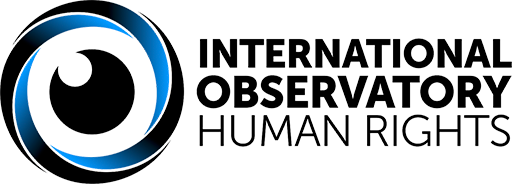On 16 February 2021, the Iranian Supreme Council of Cyberspace announced a new law, allowing judicial and government agencies to monitor the operations of websites and social media accounts with over 5,000 users.
Iran’s government-funded and controlled Islamic Republic News Agency (IRNA) has confirmed that the law will include leading platforms such as Twitter and Instagram, with the website IT Iran stating the new law will “actively combat the dissemination of false news on these platforms.”
Iranian internet use has increased dramatically over the past decade – the percentage of the Iranian population regularly accessing the internet has increased substantially, from around 16% in 2010 to around 70% in 2019.
Originally seen as a way to get around Iran’s strict press laws, the Iranian population’s adoption of the internet has been met by extreme resistance from many conservative figures in the regime and the judiciary, with this new law the latest in a set of restrictive measures that have remained in place since the Presidency of Mahmoud Ahmadinejad.
The Iranian regime has previously used its control over the internet to enforce a 3-day blackout during the November 2019 protests; limiting the people’s ability to document the violent police response which left 304 men, women and children killed. Diana Eltahawy, Deputy Regional Director for the Middle East and North Africa at Amnesty International, said that authorities had:
“deliberately blocked internet access inside Iran, hiding the true extent of the horrendous human rights violations that they were carrying out across the country”
Restrictions were also put in place during the 2017-18 protests where the regime blocked internet access from mobile networks in an effort to suppress demonstrations, at some points completely blocked internet access in parts of the country. A 2018 report by four special rapporteurs of the Office of the United Nations High Commissioner for Human Rights, expressed deep concern, stating the blackouts constitute a “serious violation of fundamental rights.” Sam Dubberley, Head of Amnesty International’s Crisis Evidence Lab, also underlined the importance of autonomous internet access, stating:
“Access to the internet is essential to protect human rights, especially in times of protest”
Perhaps most worrying is the regime’s plan to build a domestic intranet; separate from the global internet, effectively isolating the Iranian people and ensuring the complete suppression of dissent and political opposition online. The network would reportedly include a search engine, messenger, social media platforms, internal email system and would undoubtedly be heavily monitored by the government, creating “a locked wall” around Iranian internet users.
This new law represents a continuation of the Iranian regime’s violation of its people’s fundamental rights and their determination to maintain control over the available information. With account owners now required to report to the authorities following the removal of posts deemed “unreal”, digital rights in Iran are being slowly eroded.

